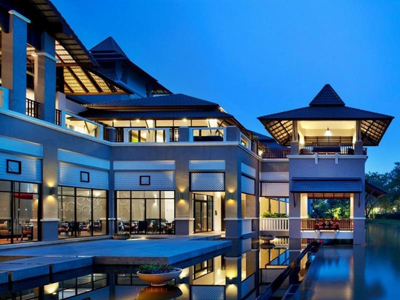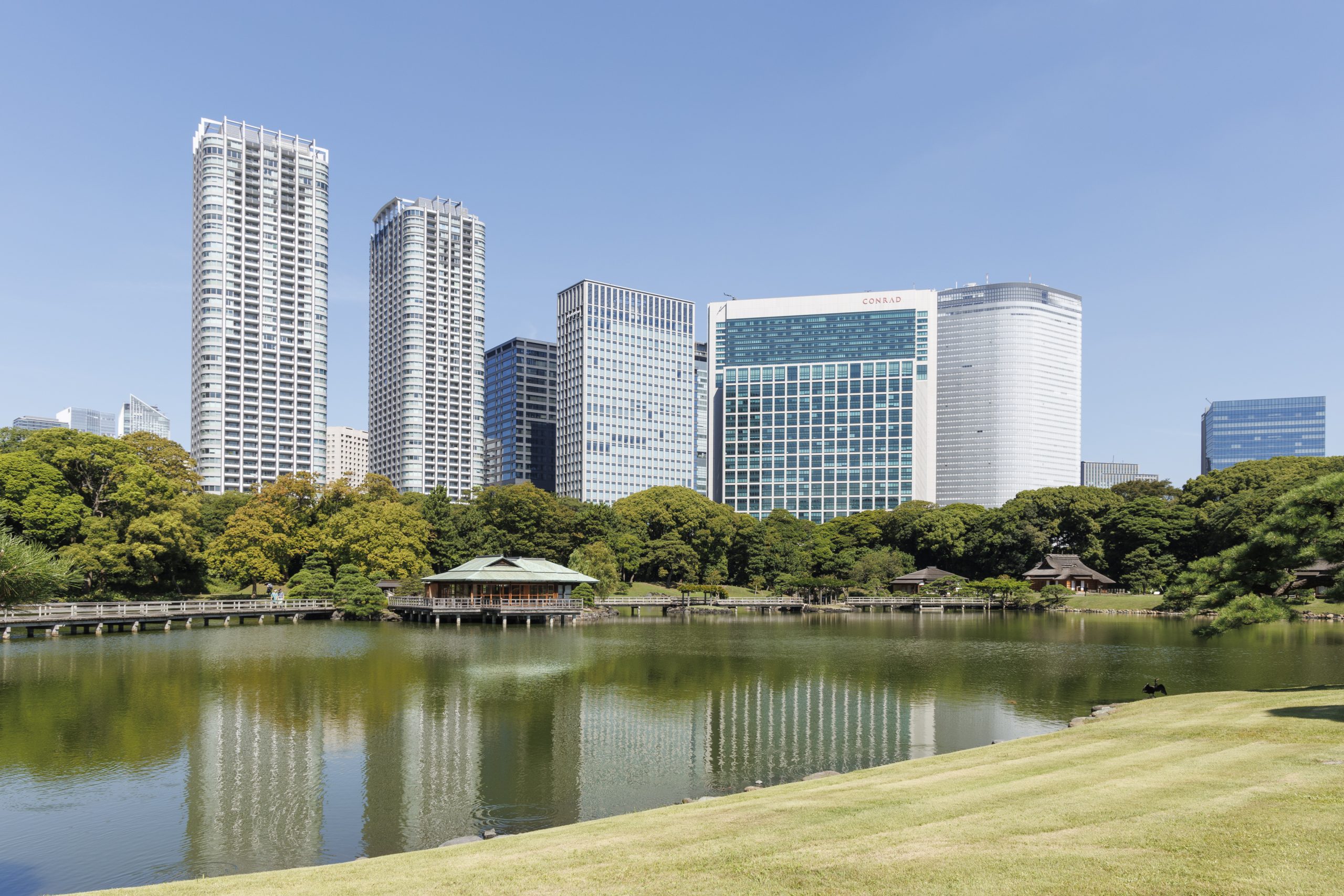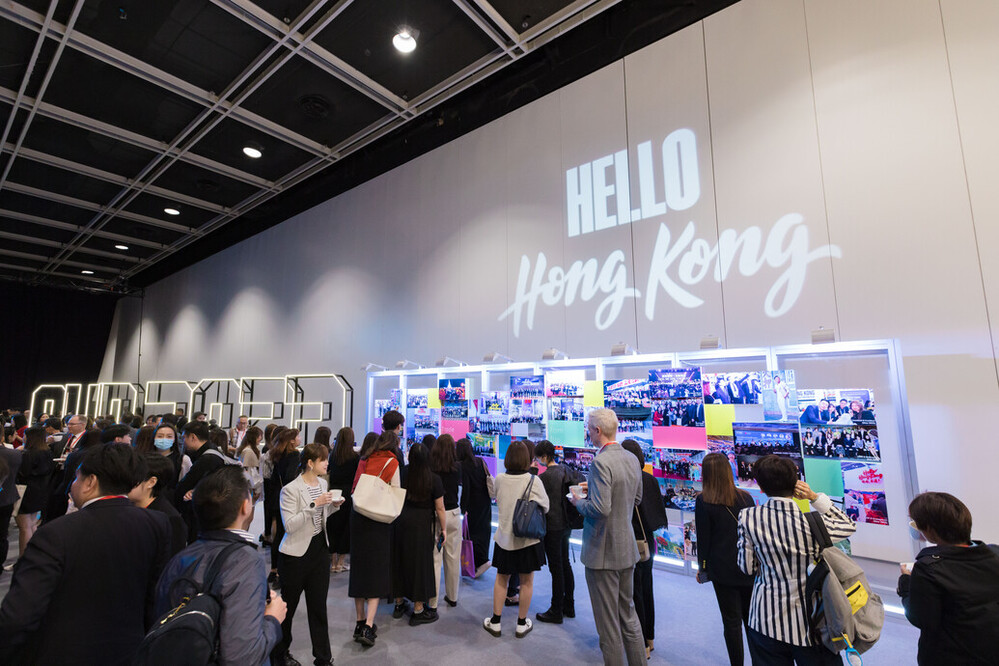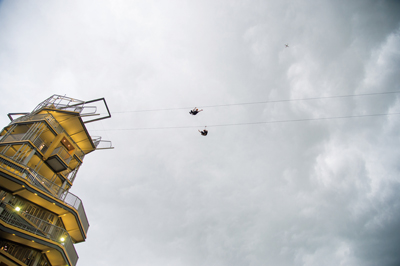
From ziplining over tea plantations and elephant riding past rice paddies, to meandering through ancient market stalls and unorthodox modern temples, delegates are finding increasingly novel ways to explore Chiang Rai – Thailand’s northernmost province and a gateway to the Golden Triangle.
Until recently, the area enjoyed a low profile on the business events radar, despite its rich cultural heritage as the former capital of the ancient Lanna kingdom and wealth of untouched natural scenery.
All is changing now, given that the Thai government is establishing a Special Economic Zone in Chiang Rai in preparation for the integration of the Asean Economic Community (AEC) by the end of 2016.
These zones are aimed at boosting economic growth by increasing trade and communication with neighbouring countries, most notably China. Chiang Rai was selected for its strategic location, as a gateway to southern China and the Greater Mekong Sub-region.
Here’s our selection of venues and experiences for groups visiting the former Lanna capital…
Singha Park
Until 2011, visitors could not access Boon Rawd Farm’s (now Singha Park) lush 3,000 acres. Nowadays, visitors can mountain bike through its terrain, zipline over its tea plantations, encounter its marine and wildlife and rock-climb to new heights of its beauty.
Five years ago, Boon Rawd’s president decided to convert the land into a sustainable tourism project, opening “Singha Park” to the public.
Besides visitors, the park now hosts various events, including the Thailand Travel Expo earlier this year, and annual farm and balloon festivals.
“These are the contributions our corporation has made as we try our very best to support the economy of our province,” says Rati Pantawee, assistant vice-president of Boon Rawd, which owns the park.
In addition to outdoor activities, the park houses a meeting space with capacity for 60-80 delegates and two restaurants serving Thai and Western cuisine. Boon Rawd, whose brands include Singha beer, has close links with Mae Fah Luang University, which can organise on-site team building sessions.
CSR
2017 will see the completion of the Doi Tung Development Project – a Mae Fah Luang Foundation project – that has been ongoing in Chiang Rai for over 30 years. The project aims to undo the devastation caused by years of opium production in the Doi Tung area (north Chiang Rai) by improving local welfare. Delegates can contribute to the project by embracing check dam building. Kitted out in knee-high water-proof boots and protective gloves, participants help to complete a vital stage in the process.
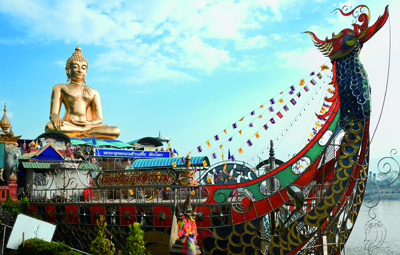
The Golden Triangle View Point
From this vantage point, both Laos and Myanmar are visible. For centuries, the area, known locally as Sop Ruak, was infamous for opium production, until the Thai government banned poppy growing in 1959 in an attempt to quash trade in the drug.
The town has two opium-related museums, the House of Opium and Hall of Opium, both within walking distance of the viewing point. Also nearby is Phra Phutthanawalantue, a giant golden Buddha statue seated upon a large boat (above).
Choui Fong Tea Plantation
Spanning nearly 400 acres, Choui Fong Tea Plantation is one of the most beautiful natural sites in North Thailand. Lines of tea trees cascade down the hillsides and are dotted with vigilant tea pickers. The plantation’s namesake is the largest tea production company in Thailand.
In addition to being picturesque, the plot preserves cultural practice. Tea picking begins every morning at 6am and workers can expect to earn the princely sum of 10 baht (about 28 US cents) per kilo.
A trip to the plantation is an educational experience. Delegates learn about the range of distinct teas grown on-site, including Assum, Green, Oolong and Black Tea. They also have the opportunity to visit and meet workers in traditional hill tribe dress.
Wat Rong Khun (The White Temple)
Chiang Rai is steeped in Lanna culture, but one of the province’s most visited attractions is a contemporary construction.
Wat Rong Khun, otherwise known as The White Temple, is one of Thailand’s most unconventional places of worship. Designed by local artist Chalermchai Kositpipat, who is renowned for using Buddhist imagery in unorthodox ways, the structure showcases Kositpipat’s impressions of heaven, hell and nirvana. Work began on the temple in 1997, and continues to this day.
The White Temple offers something novel. A cluster of skyward-reaching hands – representing hell – greets visitors and prepares them for more intricate architecture to come. The ubosot (assembly hall)’s all white and elegantly carved exterior is completely at odds with its explosively colourful interior. Here, cartoon depictions of 9/11, Harry Potter and the Hulk contribute to a collective vision of modern day “good” and “evil”.
The temple is a comfortable, 15-minute drive from Chiang Rai centre, making for a good morning excursion.

EVENING ESCAPADES
Mae Fah Luang Art and Cultural Park
In the evenings, Mae Fah Luang and Cultural Park recreates a “Kad Mua” (ancient Lanna market) for delegates to browse while enjoying a drinks reception in the grounds. Stalls include a traditional Thai massage stand, Lanna-style clothing rail and various snack counters. Guests are entertained by traditional dance troupes before being paraded into dinner for a hearty, Lanna-inspired feast.
The site preserves more than just the physical remnants of Lanna culture, says Rebecca Weldon, museologist and former curator, who takes groups on private tours of the park.
Weldon says it has become “a very important point of cultural renaissance for the north of Thailand”, representing the cultural diversity of Lanna. “We have people who come from all the different groups… That is what Chiang Rai is all about.”
The venue houses the largest collection of surviving artefacts and architectural remains from the Lanna Kingdom. The Haw Kham (Golden Pavillion), an enormous temple-like structure in the park’s centre, was built by the hill tribes in the 1980s, and dedicated to their royal patron – Princess Srinagarindra.

Night Bazaar
For a more casual affair, delegates can venture into Chiang Rai’s vibrant city centre to explore the night bazaar. Generic souvenirs aside, visitors can source local handicrafts and hill-tribe fabrics here while soaking up the town’s ambience. Even though many of the stalls advertise set prices, bartering is advised.
The market is held daily from 6pm on Phaholyothin Road.
HOTEL HIGHLIGHTS
Anantara Golden Triangle Elephant Camp & Resort
Elephants roam the vast grounds of this 63-room property, which has splendid views of the Ruak and Mekong rivers converging, with the hills of Laos and Myanmar in the background.
Anantara is renowned for its elephant camp, facilitating onsite mahout training, elephant yoga sessions and more. Most of the elephants have been rescued from streets where they have been made to work. Once at the camp they are treated by the on-site doctor.
Delegates can also engage in cooking classes, spa treatments and wellness activities without leaving the resort.
The property has two meeting rooms, accommodating between 64 and 144 people. The larger venue includes a terrace with capacity for 150.
goldentriangle.anantara.com
Le Meridien Chiang Rai Resort
Situated on the banks of the Kok Kiver, Le Meridien Chiang Rai Resort is a scenic retreat just outside of Chiang Rai town.
General manager Stephen Morahan says the 159-room hotel’s central location and proximity to top attractions actually enhances the tranquility of the site.
“As the majority of guests head out in the early morning to take in the sights, sounds and smells of Chiang Rai, there’s no place more relaxing. Guests lounge by the resort’s infinity pools and hear only the calming sway of the two rain trees (Mamia and Sukaseem, both 110-years-old) and nature around them.”
Besides the resort’s exceptional setting, amid 10 acres of greenery, there is a grand ballroom that can hold up to 1,230 delegates, and equipped with cutting-edge lighting, sound, data and video projection technology. One particularly impressive feature is the ceiling, which can be configured to look like a starry night sky for evening events. The nine other function spaces include open-air and riverside venues.
lemeridienchiangrai.com
